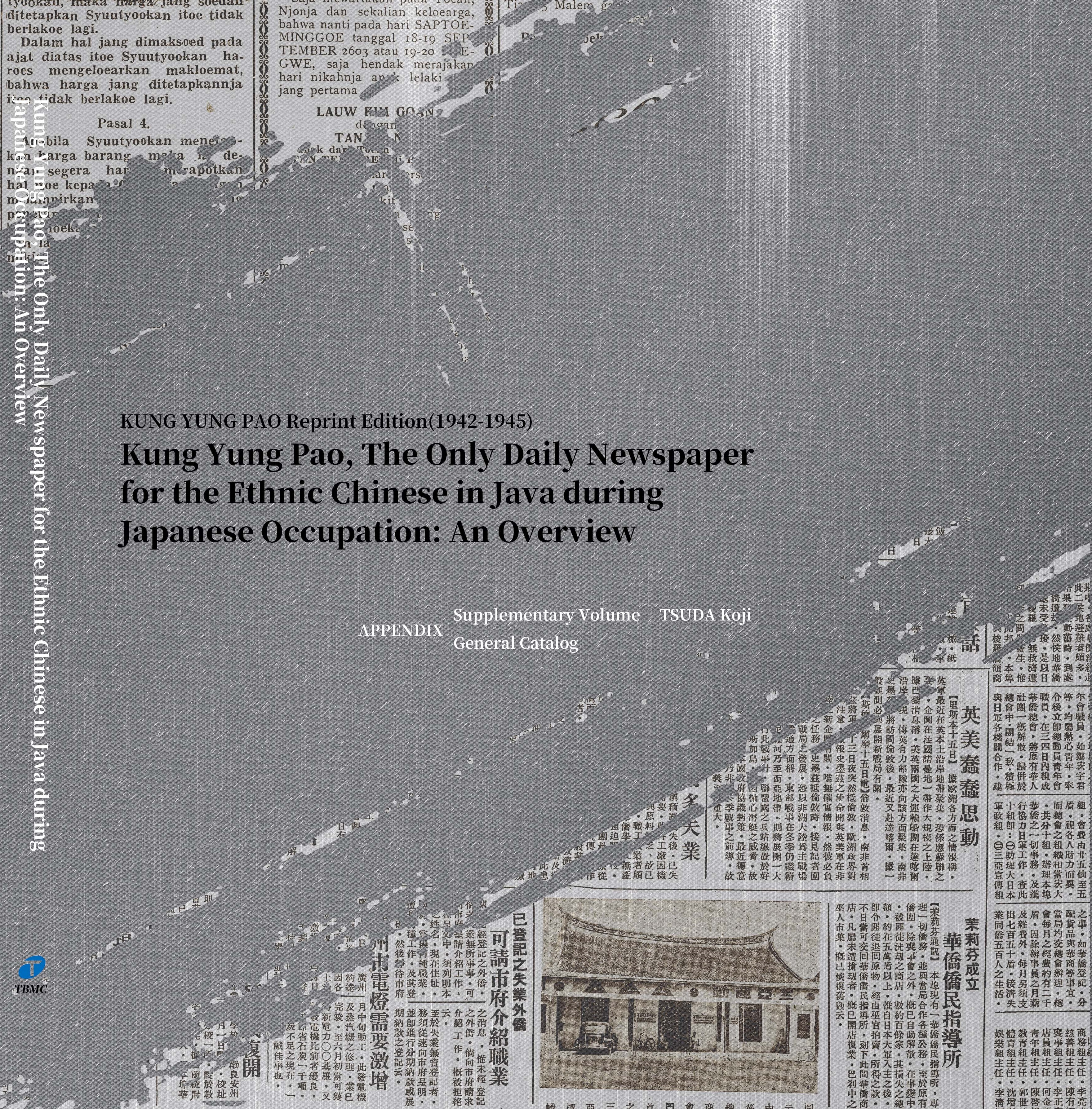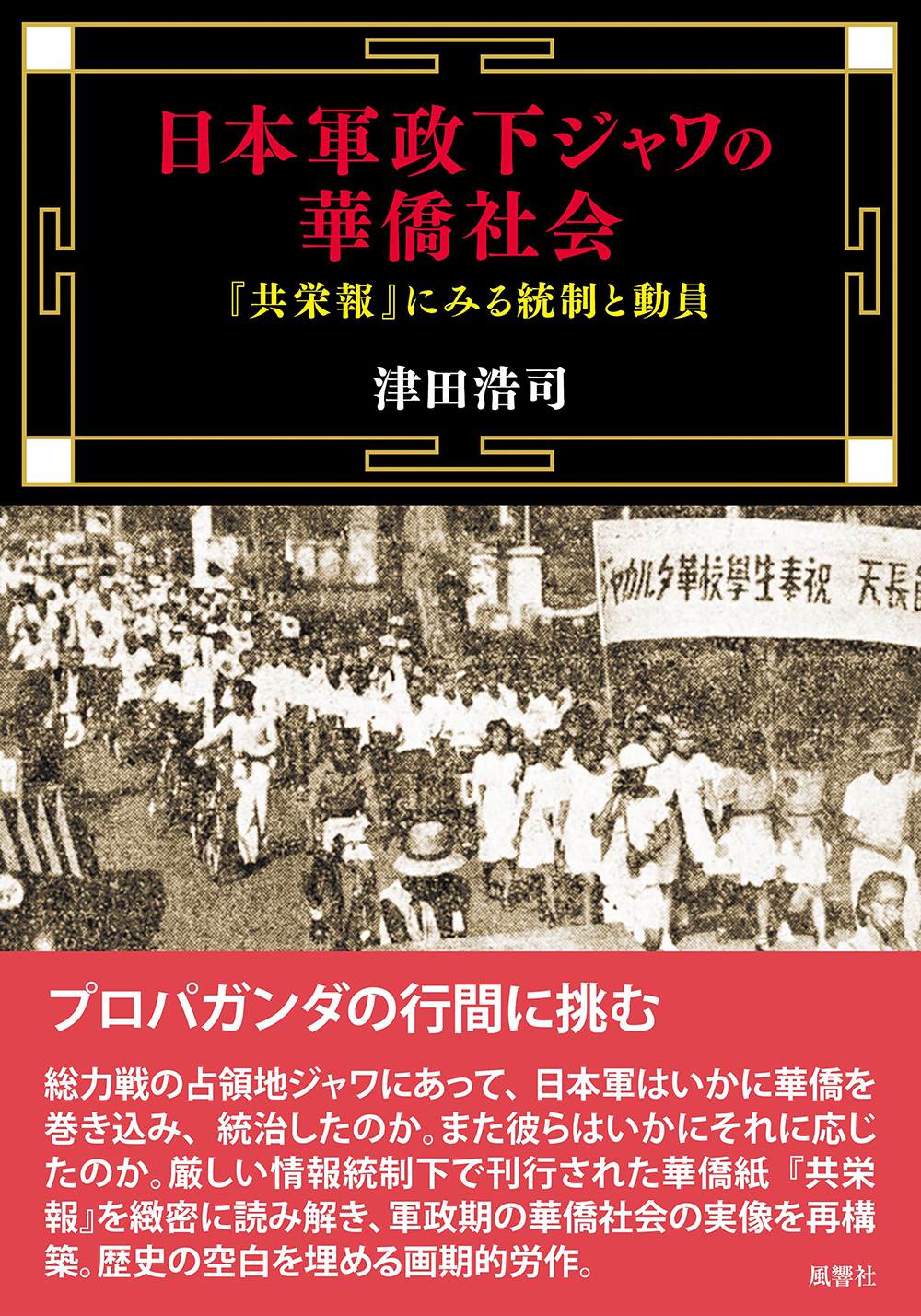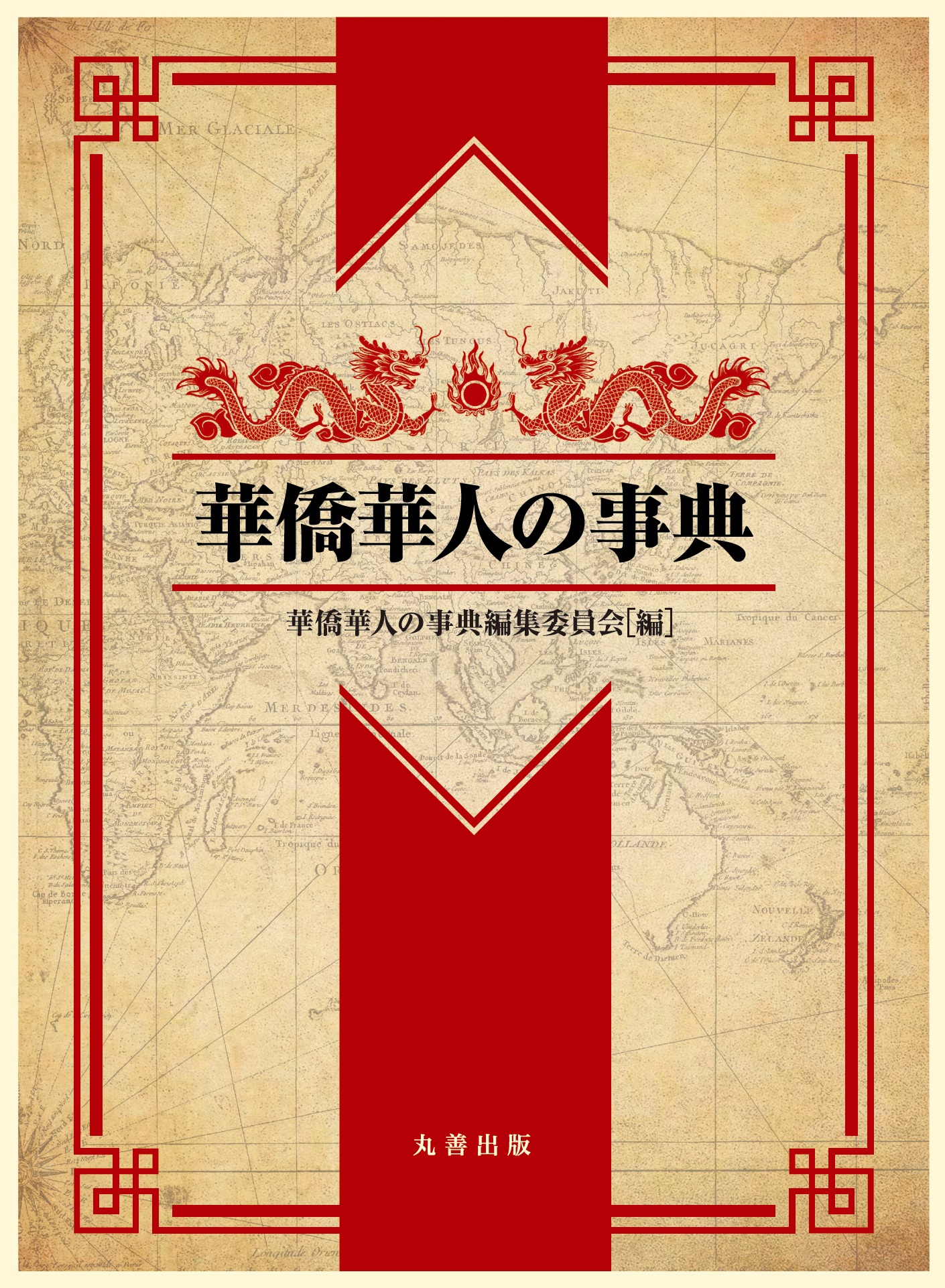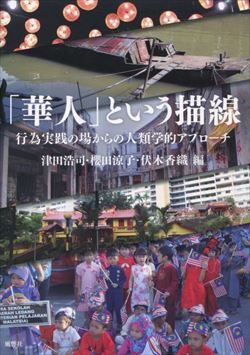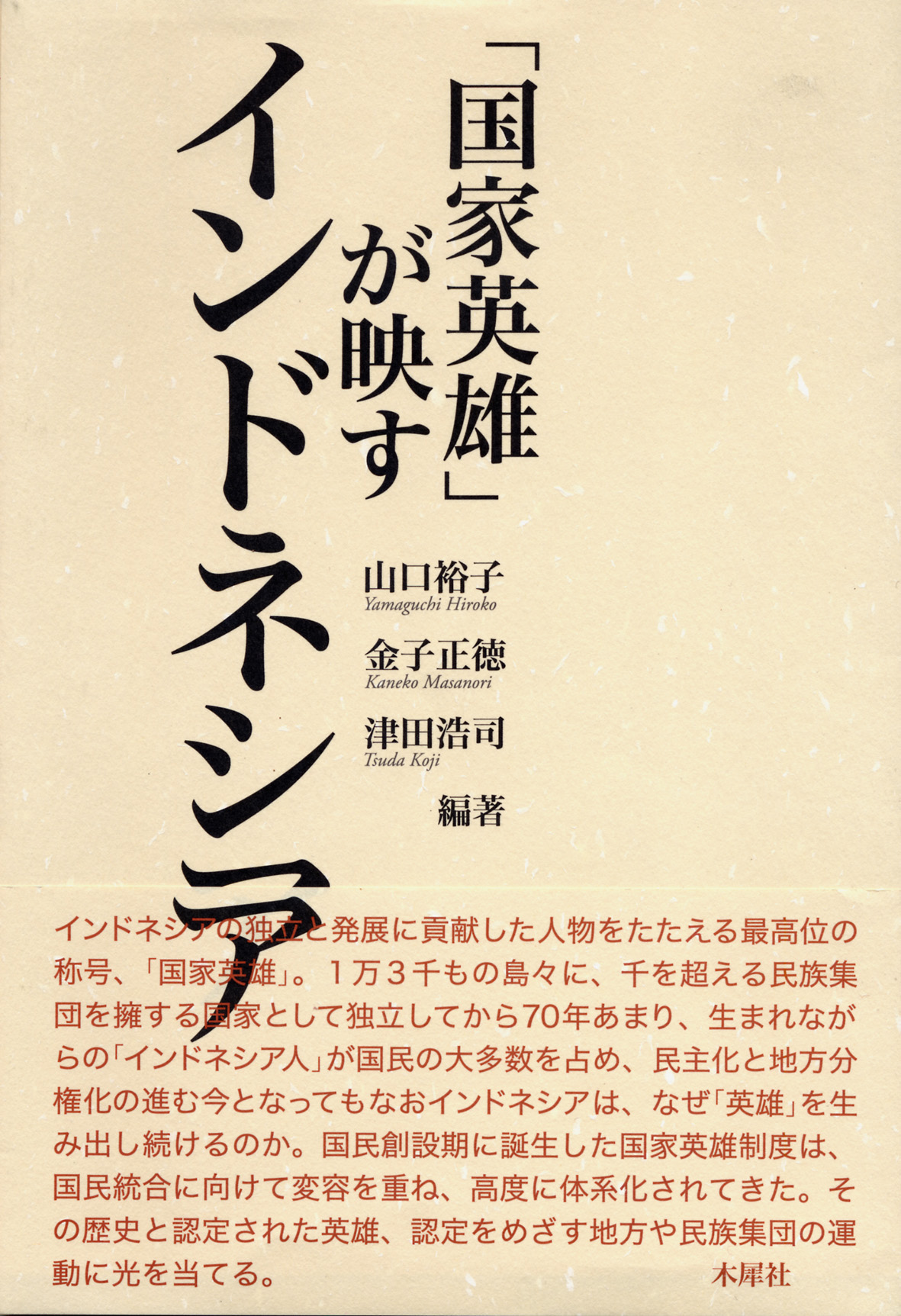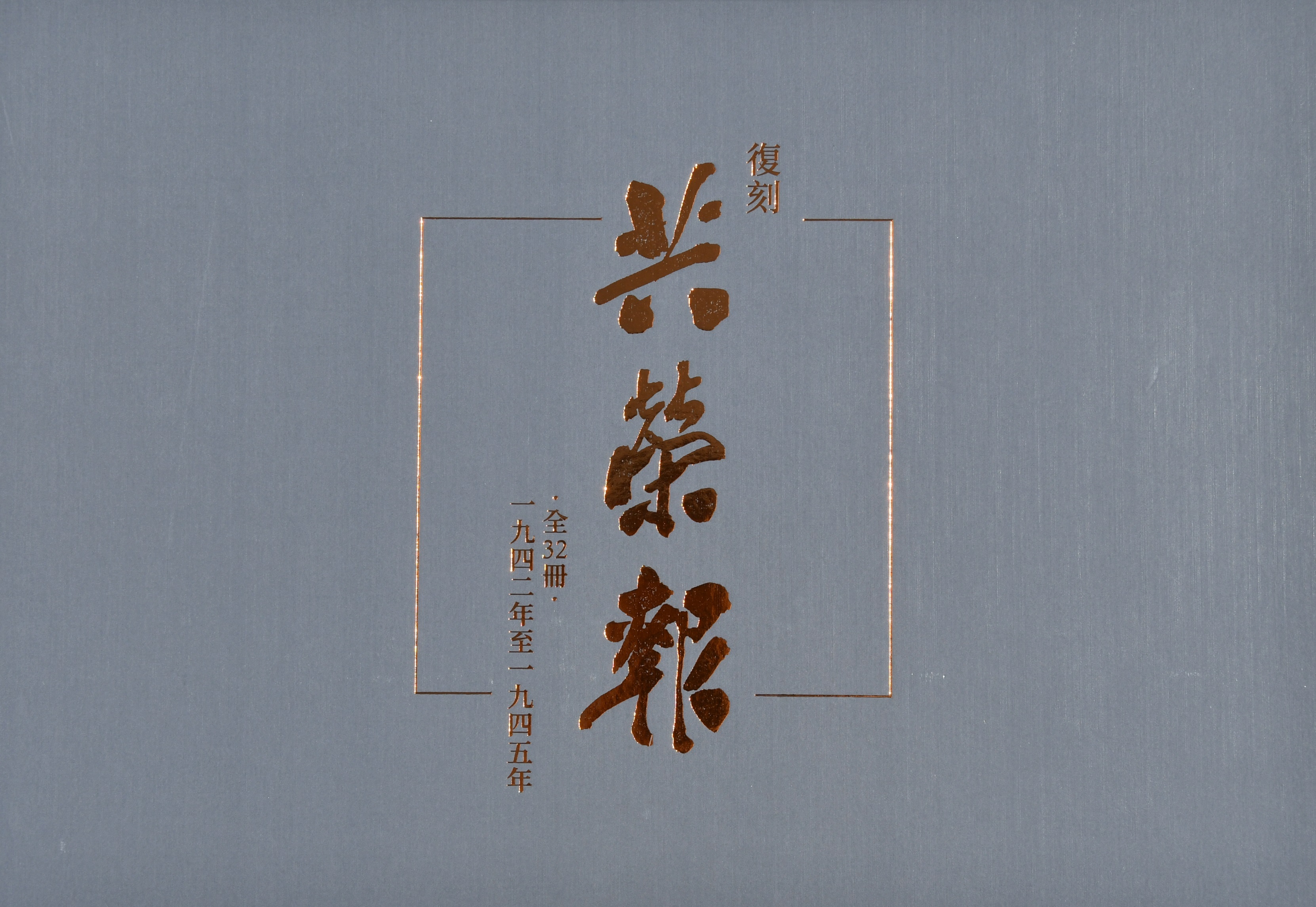
Title
Fukkoku Kyōeihō 1942~1945 (Kung Yung Pao Reprint Edition - 32 volumes + supplementary volume)
Size
A3 format, hardcover, Chinese, Malay, Japanese
Language
Released
April, 2019
ISBN
978-4-8433-5530-5
Published by
Publisher: Transmission Books & Microinfo, Sales in Japan: Yumani Shobo
Book Info
See Book Availability at Library
Misc.
Published by: Transmission Books & Microinfo
Japanese Page
During the Asia-Pacific War, the Japanese army occupied almost all of Southeast Asia. The island of Java, the political and economic centre of the far-flung former Dutch East Indies (present-day Indonesia), with a population of close to fifty million, was invaded by the Japanese 16th Army in March 1942 and placed under military administration until the end of the war, serving as a logistics base supplying provisions and manpower to all of Southeast Asia. At the time, about 700,000 ethnic Chinese were living in Java, and they occupied an economically important position. The Kung Yung Pao was the only daily newspaper for these ethnic Chinese to be published continuously during the Japanese occupation of Java. The present publication is a facsimile reproduction of this newspaper (with some issues missing), based on high-definition photographs of original copies held by the National Library of Indonesia.
At the time, the ethnic Chinese community in Java was broadly divided into Peranakan (Baba), whose forefathers had been living in Java for several generations and who had become culturally indigenized, and Totok (Sinkeh), who had settled in Java more recently. Reflecting this state of affairs, two separate editions of the Kung Yung Pao were published, one in Malay (Melayu, now known as Indonesian) for the former and the other in Chinese for the latter, and these were delivered by rail and so on not only to the outskirts of Jakarta (former Batavia), where the paper was published, but throughout Java.
Insofar that wartime newspapers were strongly coloured by propaganda, the Kung Yung Pao was no different from newspapers published in Japan at the time. Newspapers were merged or discontinued in Java because of a paper shortage and to facilitate censorship, and about midway through the period of military administration daily newspapers in Java were consolidated into one Japanese paper, five local-language (Indonesian) papers (one metropolitan paper and four regional papers), and the Kung Yung Pao for ethnic Chinese. The operations and publication of these newspapers were managed and supervised by the Asahi Shinbun Company, which had been entrusted with this task by the army, and especially from early 1944 onwards controls on newspapers were tightened. Furthermore, because news sources were largely limited to announcements by the military authorities and reports from the official Dōmei News Agency, the front page of each newspaper, which carried news about the war situation and international affairs, was very similar in content.
But the individuality of each of the newspapers stood out in the remaining pages of each issue. In the case of the Kung Yung Pao, reflecting the fact that it was aimed at ethnic Chinese, it contains a large amount of information that is valuable for throwing into relief various aspects of the ethnic Chinese community in Java at the time, ranging from the organization and activities of the Kakyo Sokai (HCCH, or General Association of Overseas Chinese), established for the centralized supervision of ethnic Chinese throughout Java, to the opening of schools for ethnic Chinese, their savings statistics, and announcements of weddings, funerals, and so on. Not only do these news items have great value as source material for filling a gap in material from the 1940s, regarded as “a missing link” in the history of ethnic Chinese in Indonesia for which there had until now been no substantial primary sources, but they could also be said to be extremely helpful for comparative interregional research on Japanese military administrations in Southeast Asia, an important pillar of which was policies directed at ethnic Chinese, including their economic mobilization.
As regards the languages in which the Kung Yung Pao was published, knowledge of modern Chinese is not necessary to read the Chinese edition, and a basic knowledge (high school level) of classical Chinese is sufficient. The Malay edition, too, can be easily read with an understanding of intermediate-level Indonesian, said to be one of the easiest languages in the world. A detailed bibliographical introduction describing the character of the Kung Yung Pao has been added to the supplementary volume appended to the 32-volume reprint, and I hope that readers, having first acquainted themselves with general information about the Kung Yung Pao, will then peruse this newspaper and discover for themselves fresh topics for historical research.
(Written by TSUDA Koji, Associate Professor, Graduate School of Arts and Sciences / 2020)
Related Info
http://sites.anthro.c.u-tokyo.ac.jp/tsuda/home/published_works/kungyungpao



 Find a book
Find a book


